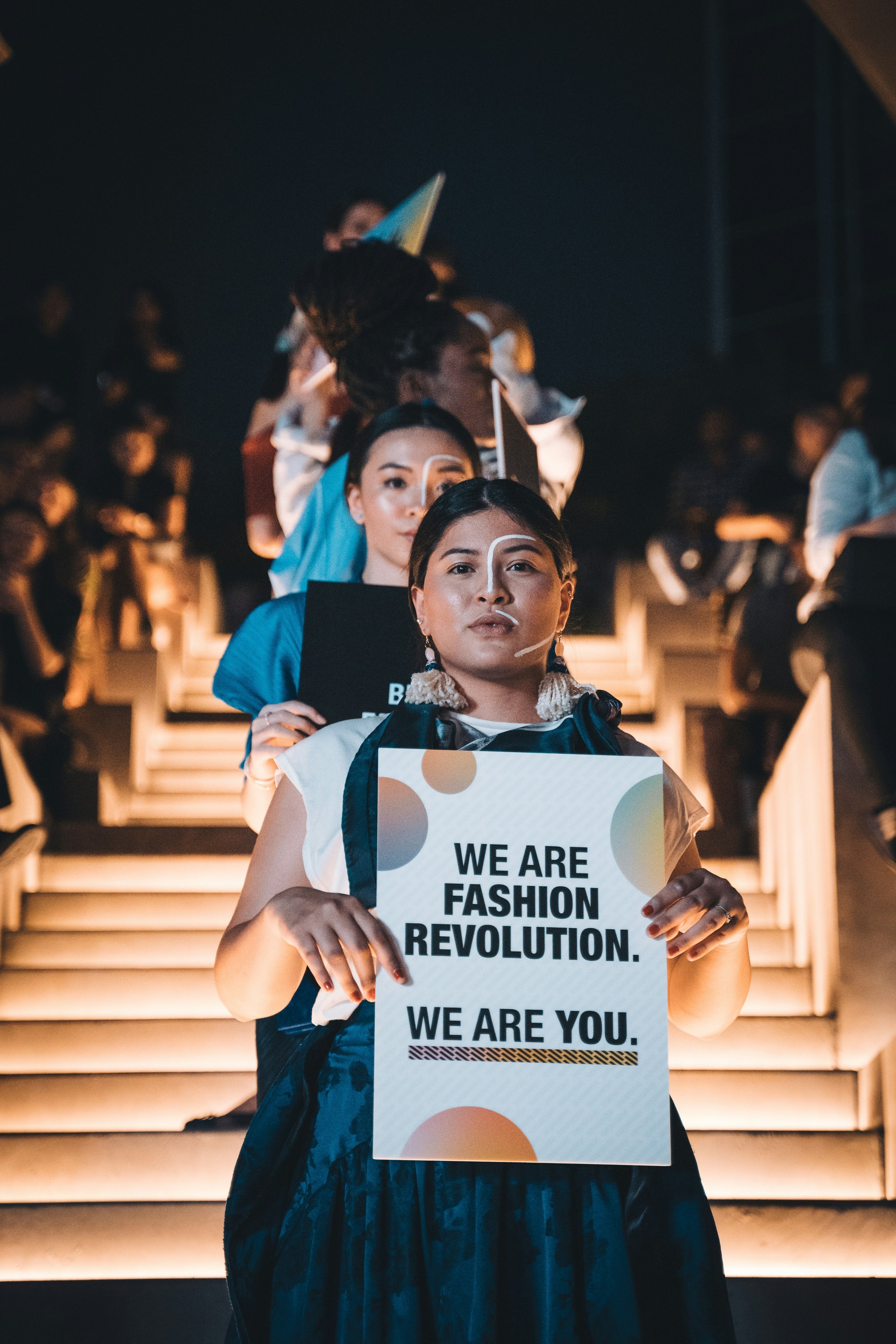The Day the Fashion World Changed — Remembering Rana Plaza 11 Years Later
THE COLLAPSE ELEVEN YEARS AGO OF RANA PLAZA, A GARMENT FACTORY IN BANGLADESH, USED BY NUMEROUS EUROPEAN AND AMERICAN FASHION BRANDS, WAS A WAKE-UP CALL FOR THE FASHION INDUSTRY. THIS MONUMENTAL MOMENT SENT SHOCKWAVES AROUND THE WORLD AND WAS A TURNING POINT FOR AN INDUSTRY THAT HAD UNTIL THEN BEEN LARGELY UNREGULATED. WE REFLECT ON WHAT HAPPENED AND HOW THE CONSEQUENCES HAVE REVERBERATED THROUGHOUT THE INDUSTRY SINCE THEN.
words by HOLLY KELSEY
creative direction by SARAH MARIE DAY
What happened and which brands Produced in the factory?
On the morning of April 24, 2013, more than 1,134 people were killed and 2,500 injured in a garment factory in Bangladesh. In just 90 seconds Rana Plaza, an entire eight story building that housed five garment factories just outside Dhaka, collapsed. Some of the brands that were being produced in the factory included Zara, Mango, Primark, Benetton, and Walmart.
Rana Plaza factory collapse, Bangladesh, April 24th 2013, image credit: Zakir Hossain Chowdhury/Getty Images
What, if anything, has changed?
Probably the single most significant action taken as a result was the creation of a landmark agreement, the International Accord on Fire and Building Safety, for garment factories in Bangladesh. It was signed by all stakeholders operating there - brands, retailers, unions and the supplier factories themselves. This legally binding agreement, drawn up literally weeks after the tragedy, was a step change in addressing workers’ health and safety issues. Over 190 fashion brands are currently signed up to it.
The Rana Plaza tragedy shone a light on the high demand for fast fashion, which came at the price of workers’ lives. Its impact was seen in other ways and brought the ugly face of fast fashion into the public domain. After seeing the news about Rana Plaza, director Andrew Morgan directed the film True Cost, which shows the behind the scenes reality of fashion production. Advocacy group Fashion Revolution was founded by Carry Somers and Orsola de Castro as a direct result of the tragedy. They subsequently launched the Who Made My Clothes campaign.
Beyond this, what else has changed? Fast fashion brands have been slow to learn lessons, but the ethical slow fashion movement has gone from strength to strength. There are so many more brands with a focus on a concern not only for the environment but for the health and safety of their workers. It is because of this awful moment that we choose to support brands that prioritise their workers’ safety.
Where do we go from here?
Even though we have seen progress there is so much more still to be done. Brands need to have better standards, hold themselves accountable and have transparency. Policy makers and members of government need to bring in more laws that will properly regulate fashion brands and hold them to account.
For individual shoppers you might think “What can I do? I’m just one person. How can my actions make a difference?’’ The easiest and simplest thing is to just educate yourselves, read up about slow fashion and when you’re next shopping be sure to ask the question “Who Made These Clothes?”.








